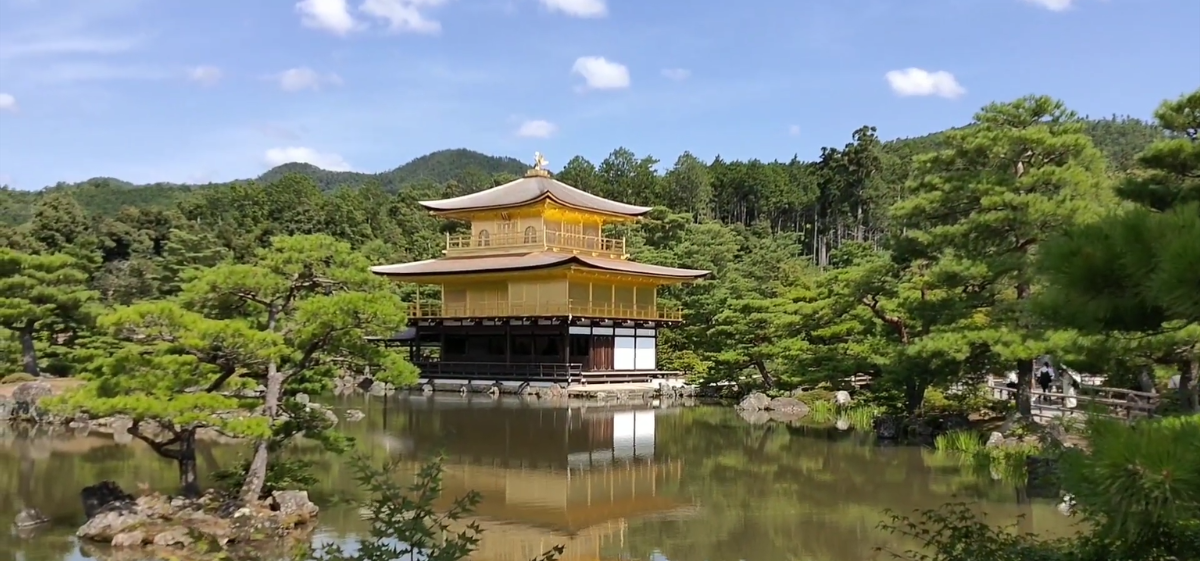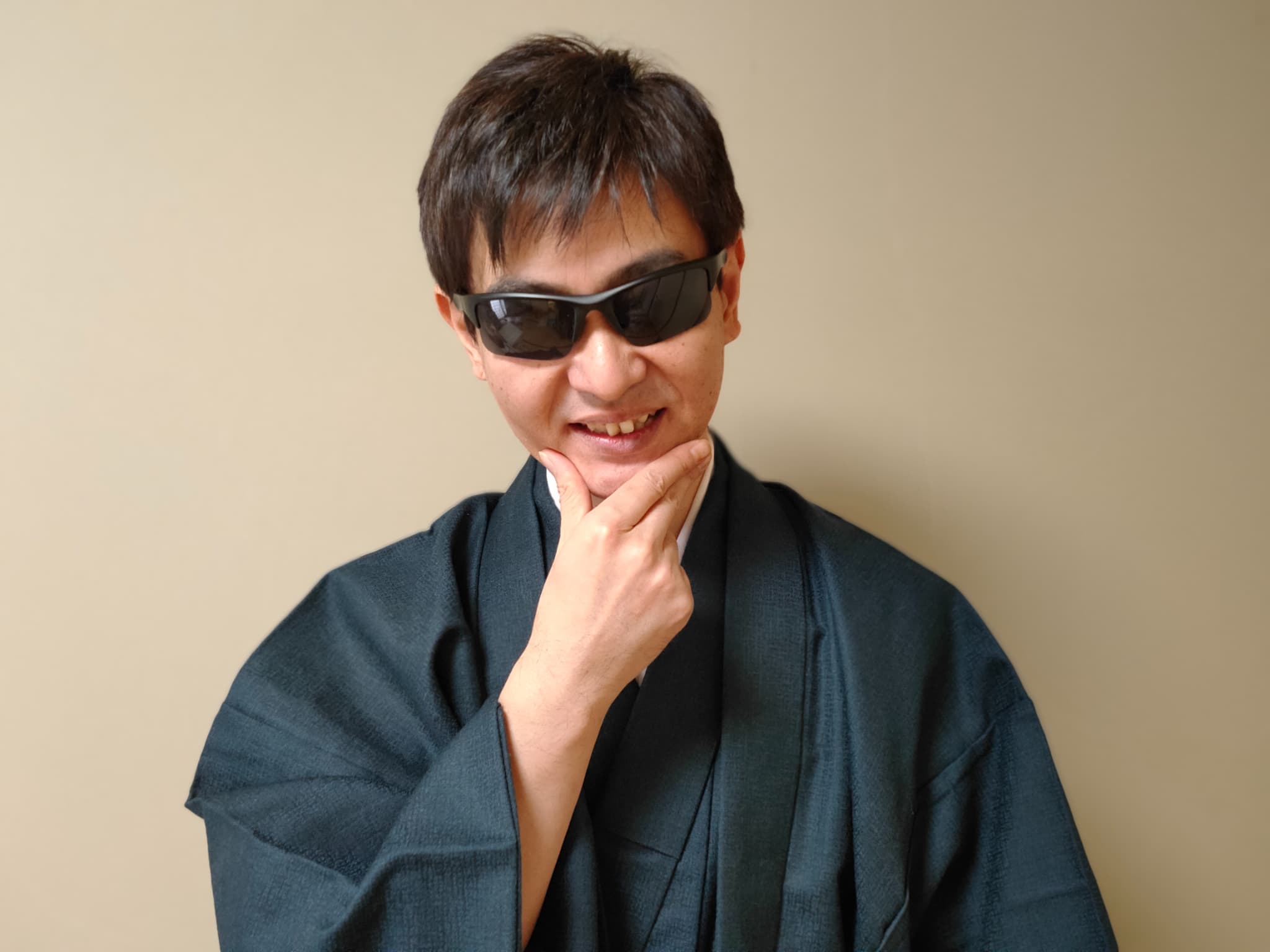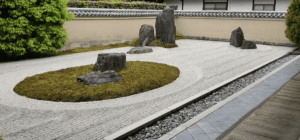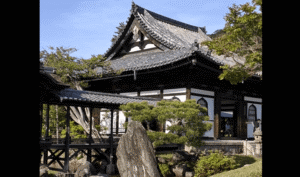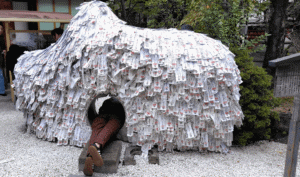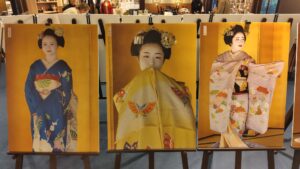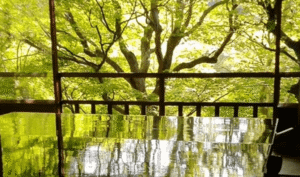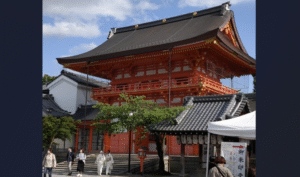Kinkakuji, also known as the Golden Pavilion, is a stunning Zen Buddhist temple located in northern Kyoto. Renowned for its upper two floors covered in pure gold leaf, it exemplifies traditional Japanese architecture blended harmoniously with nature. The pavilion’s design reflects the Muromachi period’s architectural style, noted for its refined simplicity and integration with the surrounding landscape. Visitors can admire the temple’s breathtaking appearance throughout the year, especially during spring’s cherry blossoms and autumn’s vibrant foliage.
This article provides a detailed guide to Kinkakuji, one of Kyoto’s must-see attractions. We cover access information, highlights, and nearby spots to help first-time visitors explore with ease and confidence.
History and Background of Kinkakuji
Kinkakuji, officially known as Rokuonji, was originally built in 1397 as the retirement villa of Ashikaga Yoshimitsu, the third shogun of the Ashikaga shogunate. At the time, Japan was enjoying a relatively stable political climate following the unification of the Northern and Southern Courts—a reconciliation orchestrated by Yoshimitsu himself. Although he had stepped down from the position of shogun in 1394, he retained supreme political authority and commissioned the construction of the Kitayama Palace, which would later become Kinkakuji, as a powerful symbol of his authority and refined cultural sensibilities.
After Yoshimitsu’s death in 1408, the villa was converted into a Zen temple affiliated with the Rinzai sect and came to be known as Rokuonji. Over the centuries, the temple endured natural disasters and the passage of time. However, in 1950, the Golden Pavilion was tragically destroyed in an arson attack carried out by a young monk in training. The incident shocked the nation and attracted international attention.
The pavilion was rebuilt in 1955, faithfully reproducing its original appearance while incorporating improvements for greater durability. Notably, the gold leaf coating was applied more thickly than before, enhancing the pavilion’s signature brilliance.
In 1994, Kinkakuji was inscribed as part of the UNESCO World Cultural Heritage Site “Historic Monuments of Ancient Kyoto,” recognizing not only its architectural beauty but also its enduring cultural significance as a symbol of Japan’s artistic and spiritual heritage.
Book the lowest-priced Shinkansen, hotels, and rental cars directly from trusted Japanese booking sites!
Discover why the world is obsessed with Japanese digital manga — start reading now!
Highlights and Main Attractions of Kinkakuji
The temple’s most iconic feature is the Golden Pavilion itself, whose shimmering facade is beautifully reflected in the adjacent Mirror Pond, creating a picturesque scene. The surrounding gardens are meticulously designed in the traditional strolling garden style, intended to harmonize with the pavilion and natural surroundings. Seasonal changes subtly enhance the garden’s atmosphere, providing diverse experiences throughout the year.
How to Access Kinkakuji
Kinkakuji is easily reachable by multiple public transportation options. Visitors can take a direct bus from Kyoto Station or from nearby subway stations such as Kitaoji Station, with bus stops located close to the temple entrance. Although there is no train station directly serving Kinkakuji, connecting bus routes from nearby stations are convenient. For visitors arriving by car, limited parking is available near the site, but public transportation is generally recommended due to congestion and limited parking spaces.
- By Bus:
- From Kyoto Station, take Bus 205 to Kinkakuji-miti stop. From there, it’s about a 5-minute walk.
- From Kitaoji Subway Station, take Bus 204 to Kinkakuji-miti stop. From there, it’s about a 5-minute walk.

